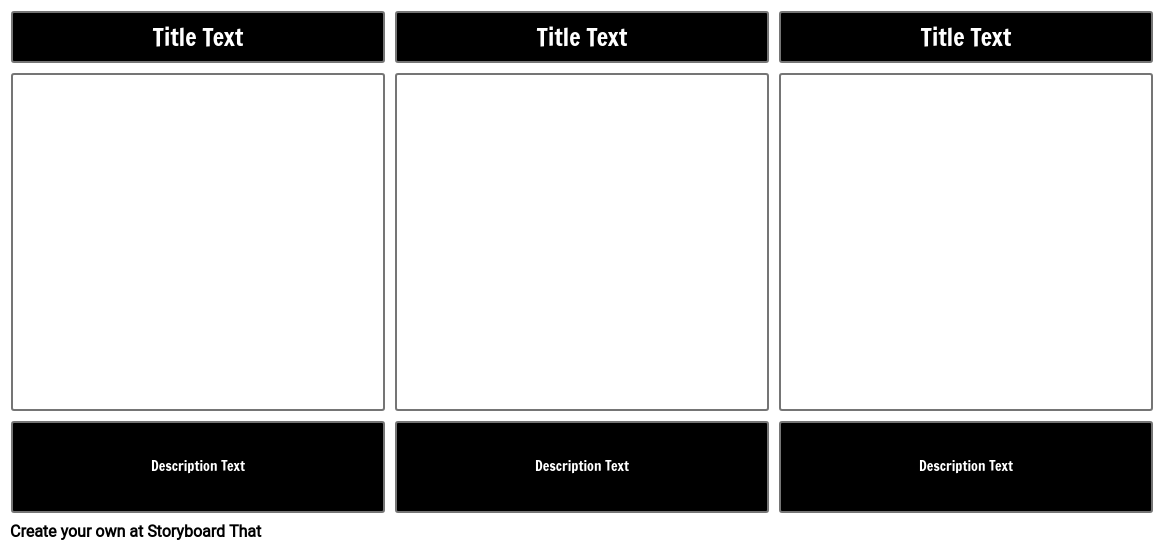Activity Overview
A great way for your students to practice determining a story’s setting is for them to make a visual storyboard depicting where each chapter takes place.
In this activity, students will choose a chapter and decide on the setting. They will create the setting using the storyboard art. In the storyboard, each setting should be visually represented, along with an explanation of the scene. Details, characters, and textual evidence can be added to reinforce the setting.
Here is an example:
Chapter 1: The Pudding Like a Night on the Sea
The setting of Chapter 1 is in the kitchen. The story begins in the kitchen with the dad making pudding. The story ends in the kitchen when the dad punishes the boys for eating the pudding by having them make a new one.
Template and Class Instructions
(These instructions are completely customizable. After clicking "Copy Activity", update the instructions on the Edit Tab of the assignment.)
Student Instructions
Create a storyboard depicting settings in each chapter of The Stories Julian Tells.
- Use the template provided by your teacher.
- Describe the setting of each chapter and the scene that takes place there.
- Illustrate the setting/scene with appropriate characters, scenes, and items.
Lesson Plan Reference
Rubric
(You can also create your own on Quick Rubric.)
| Proficient 20 Points | Emerging 15 Points | Beginning 10 Points | |
|---|---|---|---|
| Setting Description | The student effectively describes the setting by identifying the place, time, and atmosphere. | The student describes two elements of the setting. | The student describes only one aspect of the setting. |
| Role of Setting | The student effectively identifies how the setting contributes to the development of plot, characters, mood, and theme. | The student is able to identify how the setting contributes to the development of two aspects of the novel: plot, characters, mood, or theme. | The student is able to identify how the setting contributes to the development of one aspect of the novel: plot, characters, mood, or theme. |
| Shifts in Setting | The student identifies how the setting shifts and the effect this change has on plot, character, mood and theme development. | The student is able to identify how the setting shifts, and the effect this shift has on two aspects of the development of the novel (plot, character, mood, or theme). | The student is able to identify how the setting shifts, and the effect this shift has on one aspect of the development of the novel (plot, character, mood, or theme). |
| Appearance | Final product contains accurate visual depictions of setting and characters. | Final product demonstrates an effort to accurately portray settings and characters though some aspects are confusing and/or inaccurate. | Final product contains irrelevant images. |
| Spelling, Grammar, Punctuation | Final product is free of spelling, punctuation and grammatical errors. | Final product contains up to three errors in spelling, punctuation, or grammar that do not alter the meaning of the text. | Final product contains more than three errors in spelling, punctuation, or grammar. |
More Storyboard That Activities
Stories Julian Tells, The
© 2024 - Clever Prototypes, LLC - All rights reserved.
StoryboardThat is a trademark of Clever Prototypes, LLC, and Registered in U.S. Patent and Trademark Office








